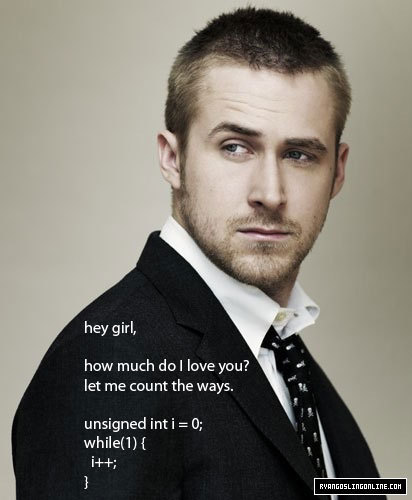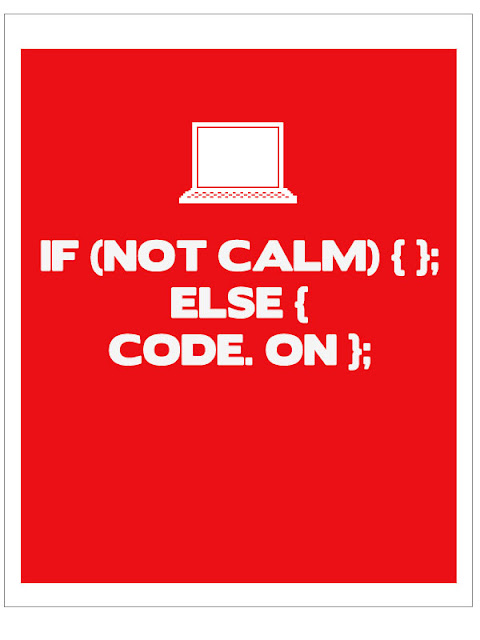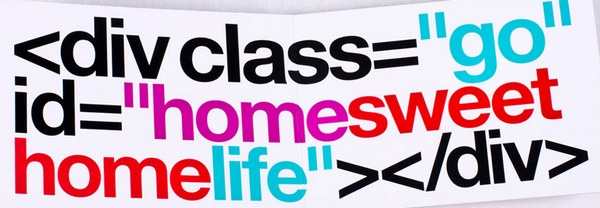What do we think about when we think about “code?” Many of us think something like this:

Alien. Intimidating. Gobbledygook. Maybe even vaguely sinister, like The Matrix. Something that says: this is not for you.
Whereas, for the Mozilla Webmaker project and our Summer Campaign to teach the world to code, we want people to imagine code more like this:

Or this:

Or maybe this:

In other words: code as something all around us. Warm. Human. Poetic. Not some scary bunch of geeky gibberish that only anointed high priests understand.
We want to show code and webmaking as revealing the patterns and hidden dimensions of everyday life. Swirling all around us. Like everyone’s second language.
The web as literacy. Code as everyone’s second language.
Code and webmaking as literacy — rather than just a professional skill. For a general audience of everyday people who have mostly never touched code before (teachers, youth, journalists, filmmakers, your mum), we want to employ a visual language that treats code less as math and mechanics and scary algorithms — and more as magic pixie dust. Or a maker’s language that can turn your big ideas into reality.
Once you see code as something that makes up your everyday world, you can begin to start using it yourself. To make something amazing, or bend the rules of everyday (digital) reality. Moving from passive consumer of other people’s stuff to active creator of your own.

The hidden patterns and algorithms of everyday life
This opening to “Stranger Than Fiction” isn’t about code per se — but it perfectly captures the spirit we’re after. Revealing the hidden patterns and algorithms of everyday life.
The web as a maker’s world — NOT a series of tubes
Other visual examples of the web often try to depict it as a network or ecosystem. The challenge with this approach is that it emphasizes the pipes and tubes and tech — instead of the human dimension, and the web as a maker’s world.

How do we apply this idea of “everyday code” in our visual language, branding and videos? As we think more about how to visually tell our Mozilla Webmaker story, we want to move away from abstract depictions of “the web” and instead emphasize the human dimension.
We want to tell stories about real people and Mozilla community members making amazing things. Passing and sharing them with others through a combination of maker spirit, open collaboration, and building the future they want together. Using real code to build big ideas.

Seeking your examples: what else is like this?

I’d like to ask your help in collecting more examples like these. Images, web sites, memes, concrete examples — anything. Examples of:
- Code as poetry. Code as a language for saying something more simply or elegantly than could be expressed otherwise.
- Code as meme. Like “Movies as Code” Or “Programmer Ryan Gosling.”
- Code as expression of the everyday world. In places we don’t ordinarily think of it: nature. An alarm clock. Your car.
What other sites or examples should we be looking at? I’m new to this world, and would love to learn from your favorites. Please share links as comments here. We want to collect memes and examples that can help inspire this style guide for our “Meet the Webmakers” video series.
We like the direction — but want to insert more real code into the mix, and slip in references that real developers will appreciate. So what examples would you include for inspiration? I know you’ve got them…

I don’t really like the examples you give. They seem to put the “strange code” into ordinary contexts, getting a humorous effect by mocking the nerds that presumably see the world that way. But I don’t think that we do. We see the ordinary contexts just as everybody, but in addition some problems just aren’t problems. As a mechanic might hear the noise from an engine and know that something is wrong and what to do about it.
People sometimes find it odd that I “work” in my spare time. I try to explain it by saying something like: My job is to build stuff out of Lego’s (well-known non-intimidating brand where I come from), and, yes, people pay me to play with Lego’s. And when I come home I some times build something just for fun. But my Lego’s are magic: When I build a motorcycle, people can ride it, when I build a house, people can live in it, and when I build a hospital, people can work there. When something is broken, I can fix it. And all my building blocks are free. The ones, I use at home, are the same as professionals are using to build stuff out of (php/gcc/mysql/postgres/git/mercurial and visual studio/mssql in “express”-editions). I never run out of e.g. the red ones, since… it’s just software.
Hi, Anders. I *love* your lego analogy and the way you describe it. My colleagues have used the lego analogy as well — it totally works. Do you mind if I quote your second paragraph and use it on some of our slides and web pages? I think it’s beautiful.
I have to say I totally disagree with you here:
“These examples seem to put the ‘strange code’ into ordinary contexts, getting a
humorous effect by mocking the nerds that presumably see the world that
way.”
I don’t think that’s it at all. Sites like “Movies as Code” or “Programmer Ryan Gosling” are written mostly by developers and programmers themselves. And what they and this larger “code as meme” trend signify is: code is entering more mainstream culture and consciousness.
Sites like “Code Academy,” Douglas Rushkoff writing in Time magazine about the importance of learning basic programming, books like “HTML for babies” selling well on Amazon — to me all this shows that code is not just for professionals any more, but a growing new audience of “everyday” people. And that’s great.
These sites make code look cool. Nobody’s mocking the geeks — they want to be more like them! 🙂
You can do whatever you want to the analogy, just don’t attribute it to me. But it should probably not have the work “magic” in there (perhaps “industrial strength” instead), since it isn’t something “you wouldn’t understand” nor something that goes “Alakazaam” in a flash (instead you build something big one brick at a time). And I would probably try to figure out if it conveys the correct message first.
They might be in-jokes and when such are used among people that are clearly not “in” then they tend to seem like mockery. In any case they are not good examples of how developers think or how you would “want people to imagine code”. Just as the virus-development-sequence in “Swordfish” (http://youtu.be/cmR3wIBJZbk) isn’t.
While not quite code, exactly, I really like this art performance by artist Kseniya Simonova. She articulates a story about WWII by manipulating sand over a lightbox. It’s a great example of physically remixing an environment. [http://youtu.be/518XP8prwZo]
I am a craftsperson of the abstract. I assemble tools for communicating and refining ideas, language, art and information. They are machines built out of a collection of concept-parts drawn from the collective imaginations of millions of my peers.
I make software.
It lives in so many of the things we buy and lets us remake them anew, time and again. Except, our government wants to force Canada to only use the software the comes in the box. No user serviceable parts behind these digital locks.
From Jason H: “code is writing down your knowledge or solving a problem in a different language. You learn the simple things, then build upon it to solve more complex issues…so that eventually, you can solve any problem with code. And when you start coding with others, magic happens. And when you make your code open and available, you change the world.”